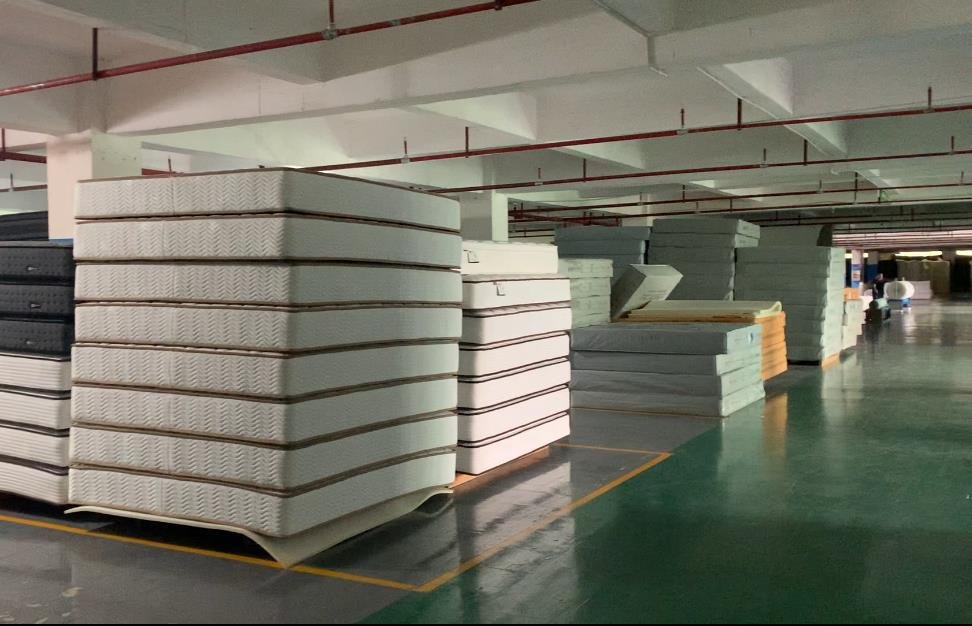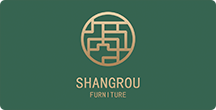The landscape of mattress manufacturing is undergoing a significant transformation, driven by the adoption of innovative production technologies by OEM brands. From the integration of automation that streamlines assembly processes to the incorporation of smart technology that adapts to the user's sleep patterns, these advancements are setting new industry standards. Particularly, the emergence of eco-friendly materials resonates well with the growing consumer preference for sustainability. As we explore these developments, one might wonder how these technologies not only impact product quality and manufacturing efficiency but also how they redefine user experience in the realm of personal comfort.
In recent years, the mattress industry has witnessed significant advancements in materials, enhancing both comfort and sustainability. Among these innovations, memory foam and natural latex stand out as key elements in modern mattress construction, offering unique benefits tailored to consumer demands for higher quality sleep solutions.
Memory foam, renowned for its pressure-relieving properties, conforms closely to the body's contours, providing exceptional support and reducing pressure points. This material adapts to individual body shapes and weights, offering a personalized sleep experience that aligns with the spinal position and distributes weight evenly. Its temperature-sensitive properties also play a crucial role in enhancing comfort, making it a preferred choice for those seeking a tailor-made sleep environment.
Natural latex, derived from the sap of rubber trees, presents an eco-friendly alternative that appeals to environmentally conscious consumers. It offers resilience and durability, maintaining its shape and firmness over time. Additionally, natural latex features inherent antimicrobial properties, resisting dust mites, mold, and bacteria, which is pivotal for maintaining a hygienic sleep surface.
These materials not only provide superior comfort and health benefits but also empower consumers with choices that align with their personal and environmental values, ensuring control over their sleep quality and overall well-being.

Transitioning from material innovation, the mattress industry is increasingly embracing automation in its manufacturing processes. This shift not only streamlines production but also significantly enhances precision and efficiency, providing OEM brands with a competitive edge. The integration of robotic assembly and process optimization technologies has revolutionized how mattresses are produced, from the initial cutting of materials to the final quality checks.
Automation technologies enable consistent product quality and faster turnaround times, crucial for brands aiming to meet rising consumer demands. Here's a snapshot of how automation impacts various facets of mattress production:
| Process Stage | Automation Technology | Benefit |
|---|---|---|
| Material Cutting | Computerized Cutting Tools | Increased precision, reduced waste |
| Assembly | Robotic Assembly Systems | Consistency in product quality, faster output |
| Quality Control | Automated Scanning Systems | Enhanced defect detection |
| Packaging | Robotic Packaging Lines | Efficient handling and reduced labor costs |
| Logistics | Automated Conveyor Systems | Streamlined movement, better inventory control |

While automation enhances efficiency and precision in mattress production, the industry is also making significant strides in adopting eco-friendly production techniques. Leaders in the field are now prioritizing sustainable sourcing and the use of biodegradable materials, aligning with global demands for environmental responsibility.
This shift not only addresses the ecological impact but also caters to the growing consumer preference for green products.
Sustainable sourcing involves selecting raw materials that are renewable or produced with minimal environmental footprint. For mattress manufacturers, this means opting for organic cotton, natural latex, and other substances that do not deplete resources or cause significant harm to ecosystems.
Furthermore, the integration of biodegradable materials ensures that products at the end of their lifecycle can decompose naturally, reducing landfill waste and promoting a healthier planet.
Customization technologies are revolutionizing mattress design, allowing consumers to tailor their sleeping surfaces to individual preferences and needs. This shift towards personalized comfort is facilitated by advanced design flexibility, enabling a unique approach to mattress manufacturing.
Manufacturers now utilize innovative tools that adjust various mattress features such as firmness, support layers, and even shapes, to suit the diverse body types and sleep patterns of their clientele.
The integration of these technologies into mattress production not only empowers consumers with choices but also enhances user satisfaction by delivering precisely what each individual requires for a good night's sleep. For instance, some systems allow for the adjustment of mattress zones that can be modified according to the sleeper's weight distribution, preferred sleeping position, and even specific health-related needs.
Moreover, the ability to customize doesn't stop at physical attributes. Aesthetic customization is also a significant part of the offering, with options for different fabric types, colors, and patterns, making the mattress a piece of interior design as well.
This holistic approach to customization in mattress design ensures that the end product is not only functionally superior but also visually appealing and perfectly aligned with consumer desires for control and individuality.
Building on the advancements in customization technologies, the mattress industry is now embracing the integration of smart technologies and the Internet of Things (IoT).
This shift not only enhances user comfort but also allows OEM brands to offer products that truly stand out in a competitive market. By leveraging IoT, smart mattresses can provide consumers with unprecedented control over their sleep environment, offering detailed sleep tracking data that empowers users to optimize their sleep patterns and overall health.
Here are three key benefits of integrating smart technologies into mattresses:
These innovations not only enhance user comfort but also place control directly into the hands of the consumer, revolutionizing how we think about our sleep and wellness.
Innovative approaches to the mattress production supply chain have significantly reduced costs while enhancing operational efficiency. By integrating cutting-edge logistics optimization strategies, OEM brands are now able to streamline operations and maintain tighter control over the manufacturing process. This precision in logistics not only speeds up production cycles but also minimizes waste and redundancy, ensuring that resources are utilized most effectively.
A key component of these innovations is the strategic use of bulk purchasing. By acquiring materials in larger quantities, companies can leverage economies of scale to significantly lower the cost per unit. This method not only reduces the material costs but also diminishes shipping frequencies, which further cuts down on transportation expenses and carbon footprints. Consequently, this approach supports both cost-efficiency and environmental sustainability.
Furthermore, advanced data analytics play a pivotal role in optimizing the supply chain. By analyzing trends and consumer behavior, mattress manufacturers can predict demand more accurately, adjust production schedules accordingly, and thus avoid overproduction and underutilization of resources.
This level of control and foresight allows brands to maintain a competitive edge in a rapidly evolving market, ensuring they meet consumer demands efficiently and cost-effectively.
Seasonal changes significantly impact mattress production volumes due to varying seasonal demand. Manufacturers must exhibit production adaptability, increasing output during peak seasons and managing resources efficiently during slower periods to maintain control over supply chains.
Common warranty terms for OEM mattresses typically include warranty duration, which ranges from 5 to 20 years, and warranty coverage that addresses manufacturing defects and material failures to ensure customer satisfaction and control.
Mattress firmness significantly influences sleep quality by supporting proper spinal alignment. Different firmness levels cater to individual preferences and body types, enhancing comfort and reducing sleep disturbances, thus promoting overall sleep health.
Lead times for OEM mattress orders vary based on production schedules and order fulfillment processes. Typically, they range from 4 to 12 weeks, influenced by customization level and material availability. Early planning is recommended.
Mattresses significantly influence bedroom aesthetics through their alignment with current design trends and color schemes, offering a foundation that both complements and enhances the overall ambiance and stylistic coherence of the space.
In conclusion, the landscape of mattress manufacturing is undergoing a metamorphosis, fueled by the winds of technological innovation and sustainability. As this industry quilts together automation, customization, and intelligent features, it crafts not merely a product but a sanctuary of comfort and environmental stewardship. These pioneering advancements are stitching a new era in sleep solutions, promising a future where rest and technology sleep in perfect harmony, ensuring a greener, smarter tomorrow.
Shangrou Furniture Co., Ltd., established in 2011, is a leading mattress manufacturer specializing in diverse designs, including pocket springs and foam. With advanced technology and 100% OEM/ODM services, we provide high-quality, innovative mattresses for global brands, ensuring exceptional craftsmanship and long-term partnerships.
